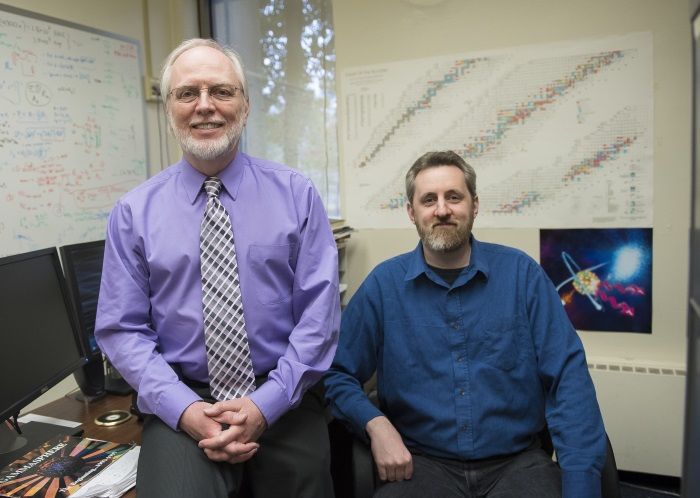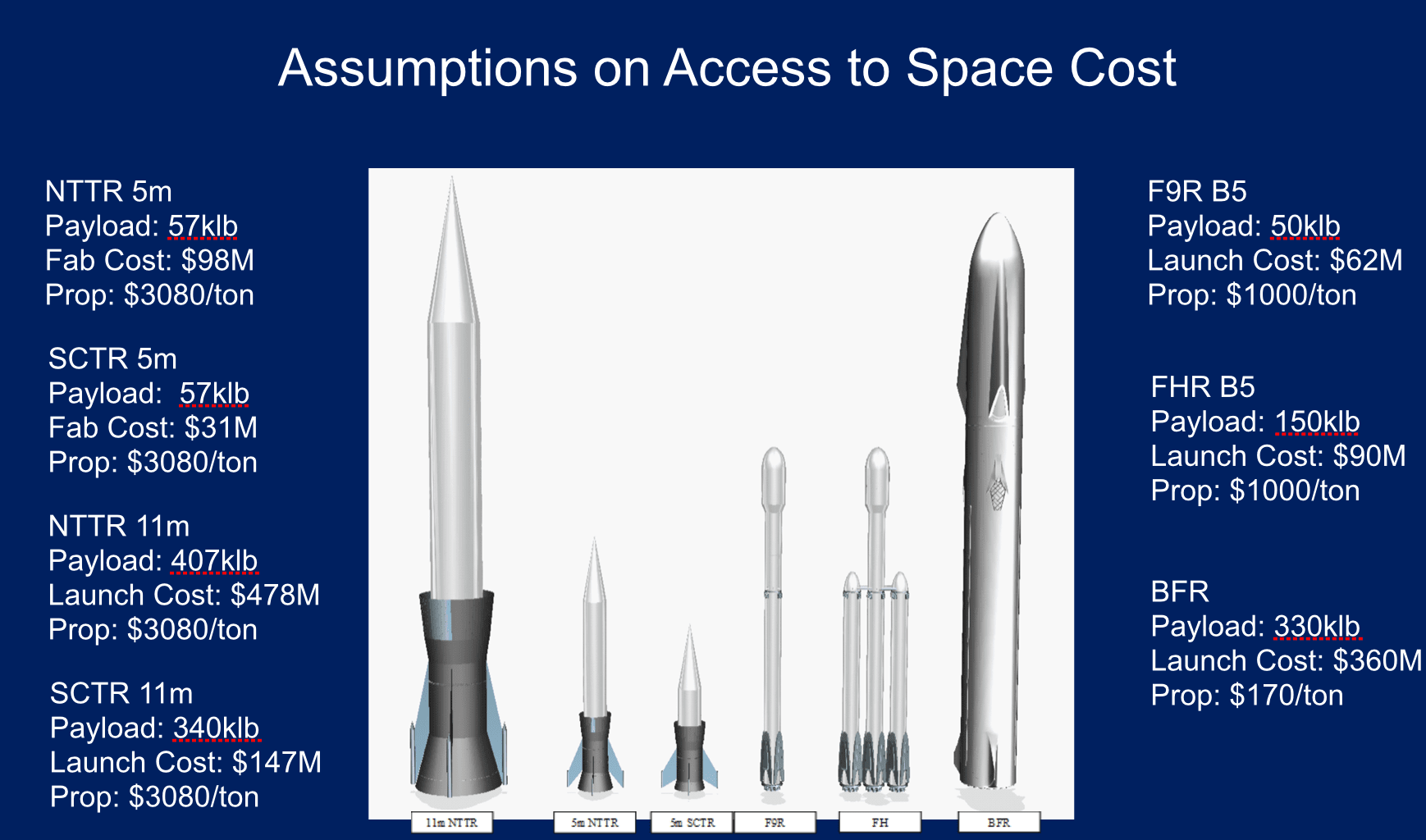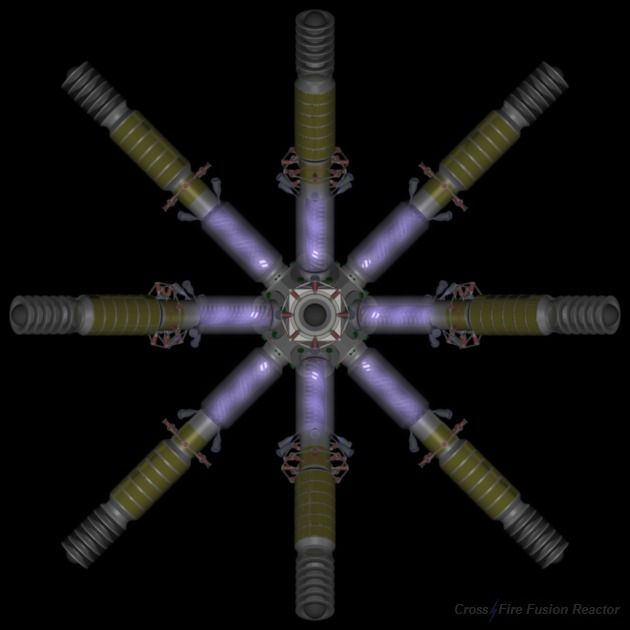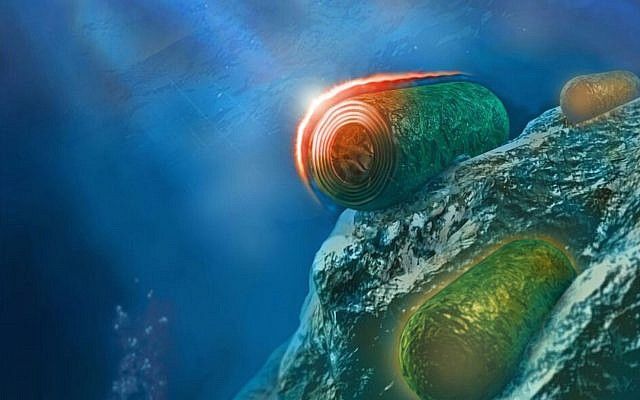Archive for the ‘nuclear energy’ category: Page 118
Jul 10, 2018
Turbo inductor cogeneration with MSR nuclear can economically replace oil
Posted by Bill Kemp in categories: engineering, nuclear energy, space travel
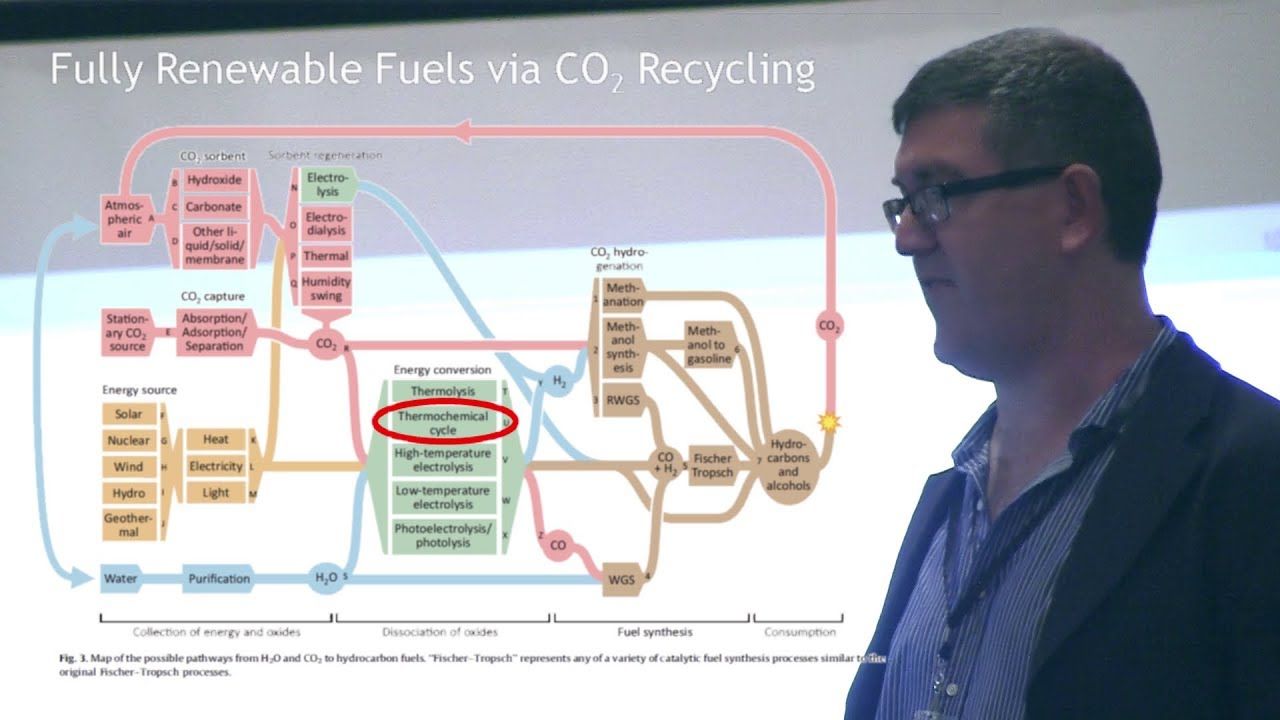
Bucknell has led advanced engineering teams at Chrysler and General Motors for three production high performance engine families. Was Senior Propulsion Engineer for the Raptor full-flow staged combustion methalox rocket at Space Exploration Technologies then Senior Propulsion Scientist for Divergent3D developing vehicle technologies.
In 2017, he described how high temperature (820−1000 degree celsius) nuclear power plants can solve produce synthetic fuel to replace oil.
Continue reading “Turbo inductor cogeneration with MSR nuclear can economically replace oil” »
Jul 9, 2018
X-SpaceX Raptor designer has ready for development designs for nuclear rocket that will be up to 7 times better than BFR
Posted by Klaus Baldauf in categories: nuclear energy, solar power, space travel, sustainability
John Bucknell created the pre-conceptual design for the SpaceX Raptor engine. It will be the advanced full-flow staged combustion rocket engine for the SpaceX BFR. He designed and built the subscale Raptor rocket for proof of concept testing able to test eighty-one configurations of main injector.
John Bucknell says the nuclear turbo rocket technology and his designs are ready for development. The air-breathing nuclear thermal rocket will enable 7 times more payload fraction to be delivered to low-earth orbit and it will have 6 times the ISP (rocket fuel efficiency) as chemical rockets. The rocket will have two to three times the speed and performance of chemical rockets for missions outside of the atmosphere.
The fully reusable nuclear rocket will be a single stage to orbit system which will be able to make space-based solar power several times cheaper than coal power. Using the 11-meter diameter version of this rocket to build space-based solar power will enable solar power at less than 2 cents per kilowatt-hour.
Jul 6, 2018
A Double First in China for Advanced Nuclear Reactors
Posted by Bill Kemp in category: nuclear energy
Safer reactors designed in the US and Europe have achieved their power grid debuts in China. It is a long-awaited milestone for their now-troubled designers, but may be too little too late for buyers.
Jun 29, 2018
Tokomak Energy UK high temperature superconductors and better magnet path to commercial nuclear fusion
Posted by Klaus Baldauf in categories: materials, nuclear energy

Tokamak Energy of the UK has built the ST40 prototype fusion reactor and they aim to reach 100 million degrees celsius by the end of 2018. They have already reached 15 million degrees.
Jun 29, 2018
Electricity from germs could be the next big thing, say Israeli researchers
Posted by Klaus Baldauf in categories: biotech/medical, engineering, habitats, nanotechnology, nuclear energy, solar power, sustainability
You can generate electricity from oil, you can produce it from natural gas, you can make it from nuclear energy, and you can channel it from the sun, via solar energy conversion systems. You can even generate electricity from photosynthetic bacteria, also known as cyanobacteria, based on a new innovation developed at the Technion. As published in a study in the journal, Nature Communications, the Technion researchers have developed an energy-producing system that exploits both the photosynthesis and respiratory processes that cyanobacteria undergo, with the harvested energy leveraged to generate electricity based on hydrogen.
The study was conducted by three Technion faculty members: Professor Noam Adir from the Schulich Faculty of Chemistry, Professor Gadi Schuster from the Faculty of Biology, and Professor Avner Rothschild, from the Faculty of Materials Science and Engineering. The work involved collaboration between Dr. Gadiel Saper and Dr. Dan Kallmann, as well as colleagues from Bochum, Germany and the Weizmann Institute of Science. It was supported by various bodies, including the Nancy and Stephen Grand Technion Energy Program (GTEP), the Russell Berrie Nanotechnology Institute (RBNI), the Technion Hydrogen Technologies Research Lab (HTRL), the Adelis Foundation, the Planning and Budgeting Committee’s I-CORE program, the Israel Science Foundation, the USA-Israel Binational Science Fund (BSF) and the German research fund (DFG-DIP).
Scientists have long considered cyanobacteria a possible energy source. Cyanobacteria belong to a family of bacteria common to lakes, seas, and many other habitats. The bacteria use photosynthetic mechanisms that enable them to generate energy from sunlight. They also generate energy in the dark, via respiratory mechanisms based on digestion and degradation of sugar.
Continue reading “Electricity from germs could be the next big thing, say Israeli researchers” »
Jun 27, 2018
The Quest to Find a Trillion-Dollar Nuclear Fuel on the Moon
Posted by Klaus Baldauf in categories: nuclear energy, space
India’s space program wants to go where no nation has gone before -– to the south side of the moon. And once it gets there, it will study the potential for mining a source of waste-free nuclear energy that could be worth trillions of dollars.
Jun 25, 2018
Has This Startup Cracked the Secret to Fusion Energy?
Posted by Genevieve Klien in categories: nuclear energy, particle physics
A new startup hopes that orienting the spins of hydrogen atoms could finally crack the puzzle of commercially viable fusion energy, but some experts are skeptical.
Jun 19, 2018
Washington firm could create nuclear fusion power within decades
Posted by Carse Peel in category: nuclear energy
Olympia, Washington, firm Agni Energy has designed a nuclear fusion reactor that borrows elements from existing designs and could lead it to be the first to crack the Holy Grail of energy production.
